Use Multi-Channel Attribution to Measure the Performance of Your Marketing Channels
Posted by on July 21, 2015 Marketing, Marketing Analytics, Data Analytics, Business Intelligence
The Consumer Buying Process is Complicated
Some products are bought in an instant, but most products require time and multiple contacts before a prospective buyer is ready to buy. For the first type of product, it’s simple to attribute the sale to a particular marketing channel. The conversion is credited to the channel or device that the user made the purchase from.
When products have a long buying cycle, simple tracking can’t be used. In this case, marketers need visibility into the buying process to help them make decisions based on real metrics.
Multi-channel attribution is a window into complex consumer buying processes
MCA tracks every time a prospect interacts with a marketing channel and finally converts successfully. MCA shows marketers which campaigns or channels have most strongly influenced conversions.
MCA enables marketers to track the performance of their campaigns – especially campaigns that span multiple channels – such as banners, PPC ads, YouTube videos, print ads, or even broadcast TV. The challenge of MCA is understanding the role of each marketing channel in the consumer buying process.
The three types of MCA
Web analytics expert Avinash Kaushik defines three major types of MCA:
Online to Store (O2S): This measures the offline impact of online marketing. This is of interest to organizations that have a vital offline presence. Eg. Walmart.

Across Digital Channels (ADC): This measures which digital marketing channels contributed to a particular conversion. It is the most commonly discussed type of MCA, and is used by digital marketers to track the performance of their online marketing campaigns.
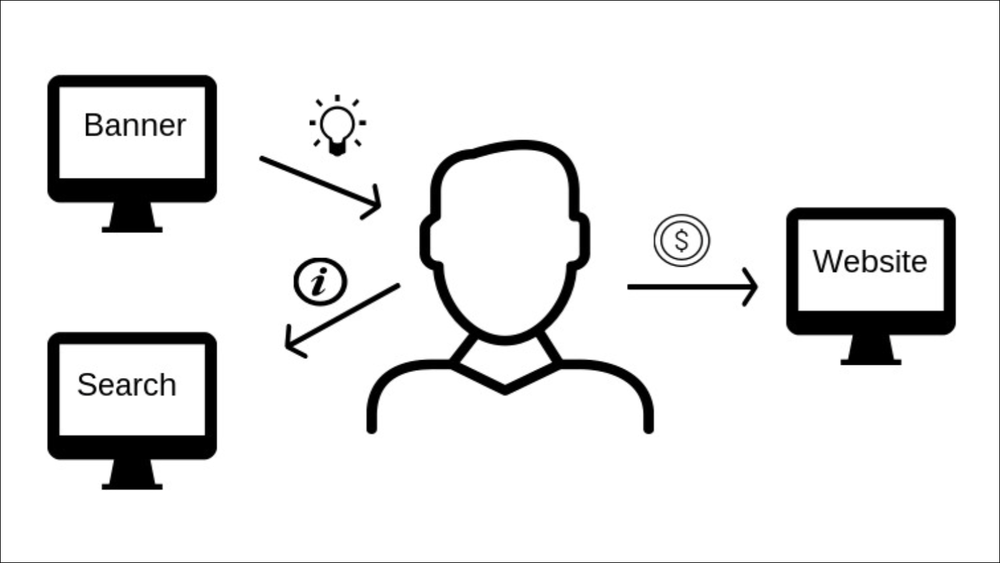
Across Multiple Screens (AMS): This tracks user activity across multiple devices as well as channels.
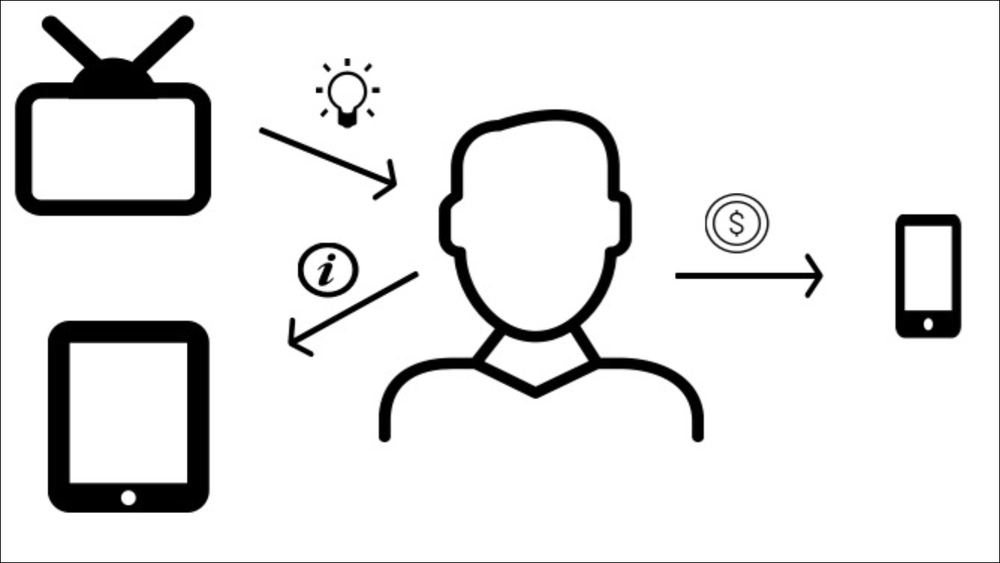
The first two types of MCA can help you decide where you should allocate your budget. AMS helps you understand how to manage your online properties as well as channels. All three of these can work together to inform your marketing strategy.
Building your attribution model
This is a way of giving credit to whichever step(s) in the entire process contributed to a successful conversion. There’s no simple formula for allocating conversions to channels. You will need to depend on your knowledge of your buyers’ behavior, your understanding of your media and channels, and your own hypotheses about how they interact.
Your attribution model will always be a work in progress. The key is to start with a model of how you think your channels interact and refine it through testing and experience.
Implementing MCA the right way involves creating an attribution model. Here are the most common attribution models:
Position-based: You may already be doing this if you’re giving all the credit to the last step in the conversion process. Another option is to give all the credit to the first contact with a customer.
In the position-based attribution model, the most-recent or the first contact might be weighted more heavily
Linear: If you know that it’s too simplistic to give all the credit to the most recent (or the first) contact with a customer, you may want to consider sharing the credit equally among the sources. This is used when every interaction with the customer is important. This is one of the simplest models and may be the right place to start until you have a deeper understanding of how your marketing channels interact.
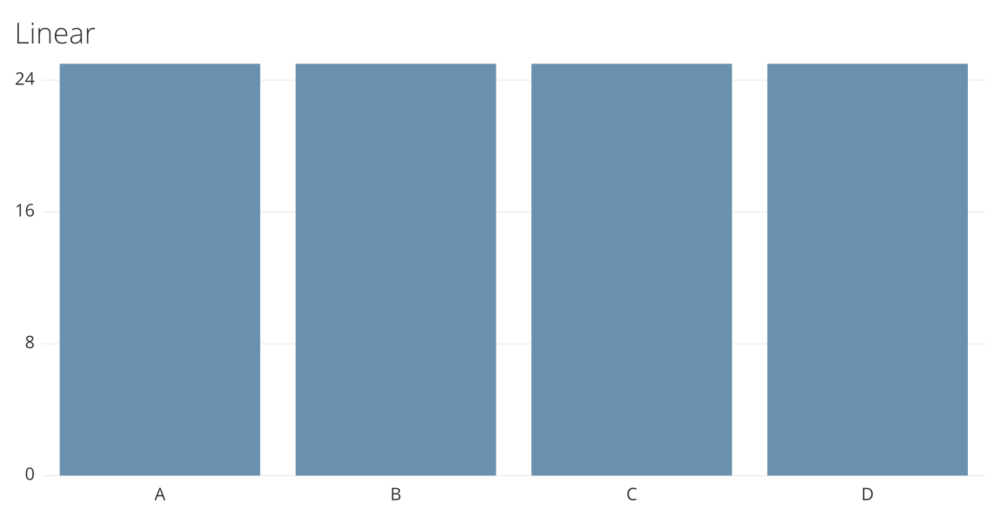
In a linear attribution model, all channels are weighted equally.
Time-decay: This is a time-based model, which gives more credit to the steps just before a conversion. It’s great for assessing the impact of a time-bound marketing campaign such as seasonal promotions.
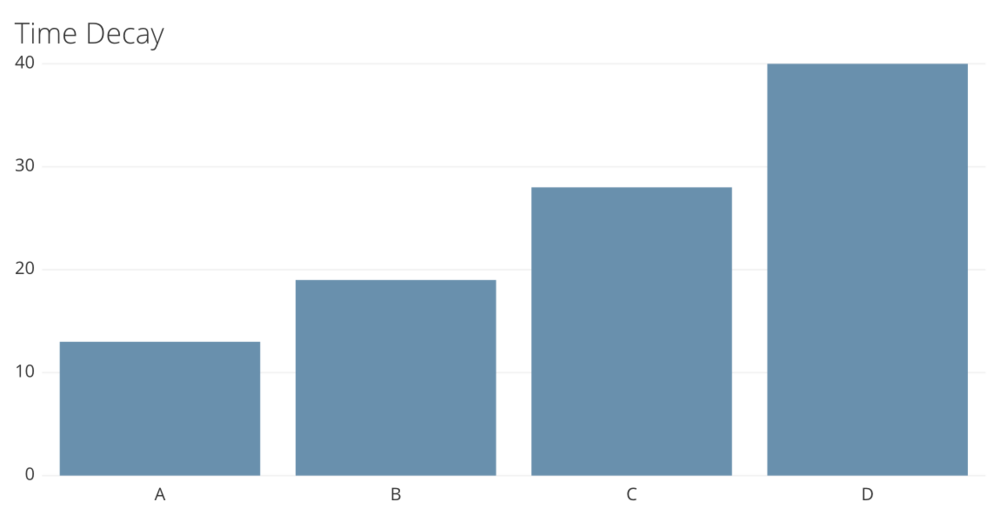
In a time-decay attribution model, more-recent contacts are weighted heavily.
Custom: As you gain experience and test your hypotheses, it may be possible to develop a custom model that weighs sources based on factors other than position or time.
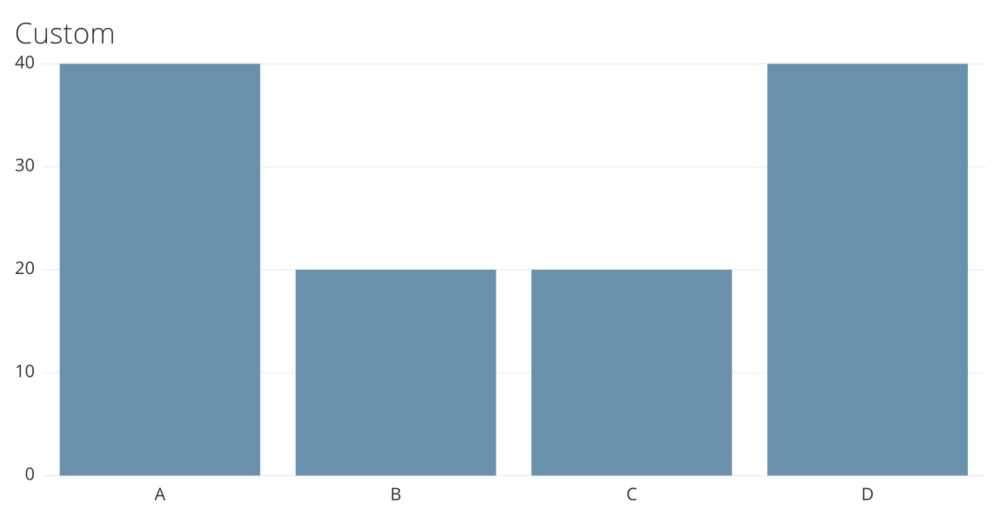
In a custom attribution model, the influence of a channel is determined by a more complex model, or the modeler’s judgement.
Which attribution model you choose would depend on the type of product you sell, and how you sell it. You’ll need combine your knowledge of how your marketing channels interact, and how your customers make their purchase decisions. Your business intelligence system can help you understand these factors.
Using a combination of the MCA types and the right attribution model, it’s possible to create monitoring reports that give deep insight into campaign performance.
Start small and simple
MCA, if done right, can grow to become a large project with lots of data to collect and analyze. However, it helps to start small. You could start by viewing your default Google Analytics multi-channel funnel reports, and looking for insights into how your conversions happen.
You may need to configure conversion tracking first. Once you’re more confident, you could test the different attribution models that Google Analytics allows. Google Analytics offers a great deal of functionality for a free product, but if you’ve outgrown its default models and need more control and customization, you could consider a more sophisticated tool.
Eventually, you should consider implementing a tag management system. This is beyond the scope of this post, but a tag manager makes it easy for you to place tags on your various marketing assets and track information from them.
MCA increases the complexity of marketing analytics by more closely modeling the behavior of customers. This complexity is a price worth paying for the rich insight MCA offers marketers who deal with a long consumer buying process.



